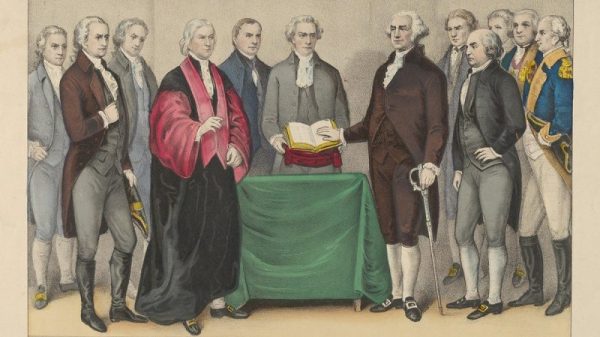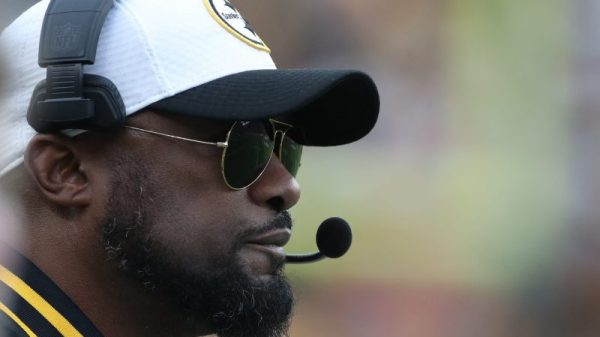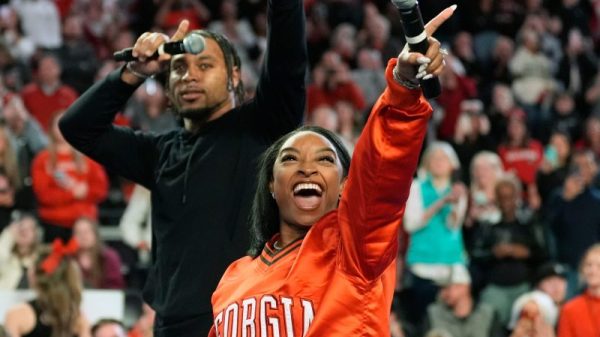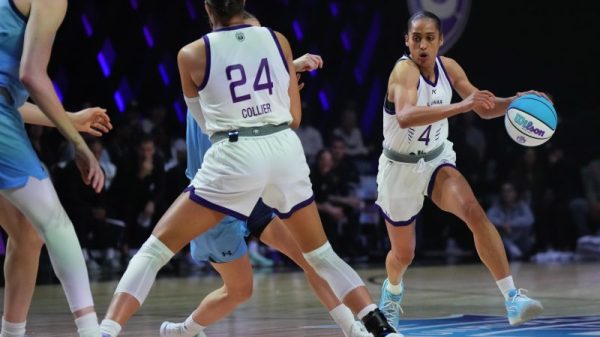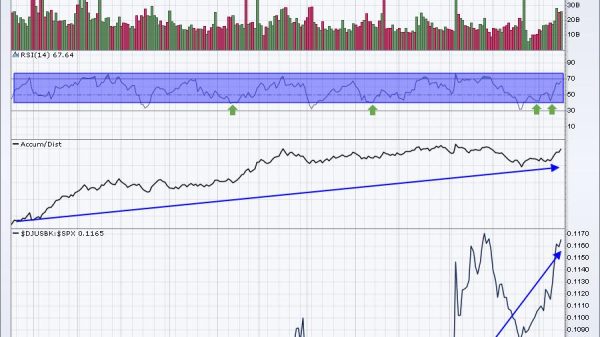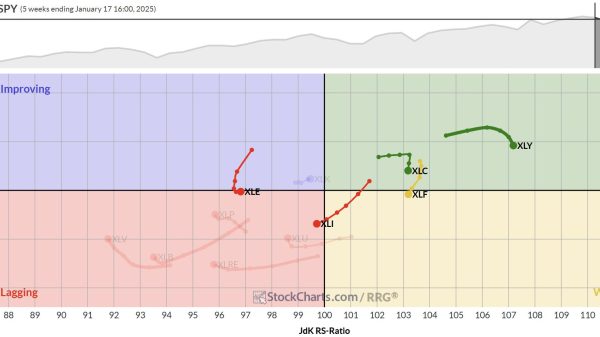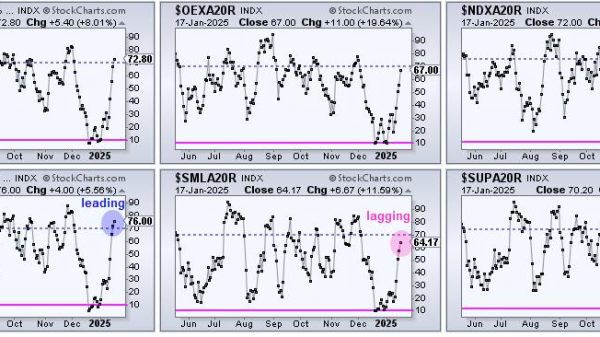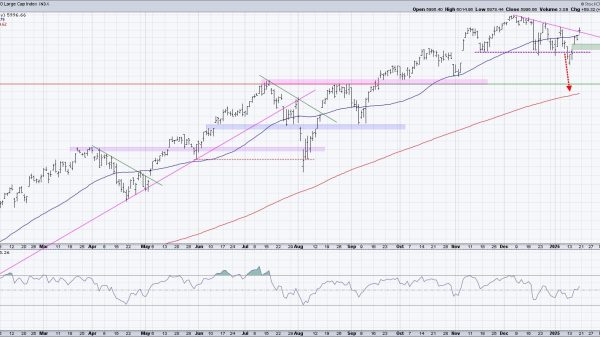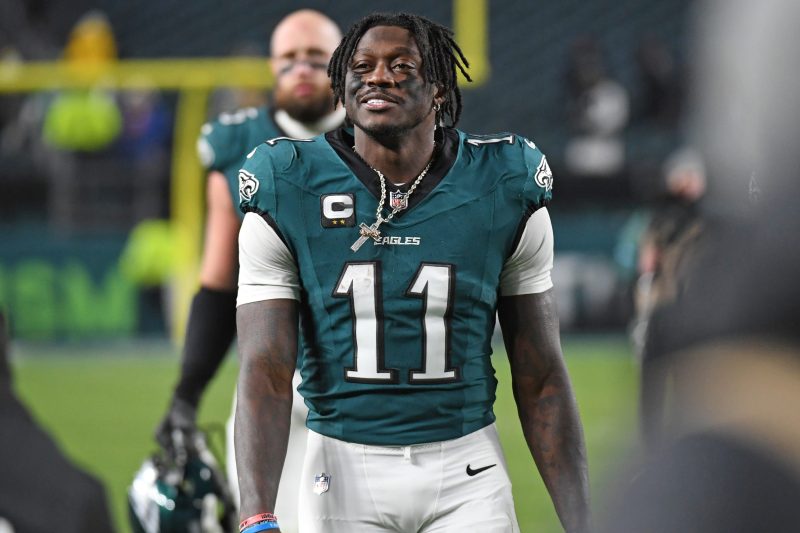Educators and reading enthusiasts throughout the country rejoiced when cameras caught the Eagles’ leading receiver reading a book while he was on the bench late in the second half Sunday. Even better, the clip of Brown thumbing through his well-read copy of “Inner Excellence: Train Your Mind for Extraordinary Performance and the Best Possible Life” remains a topic of conversation several days after the game.
Clips of Brown reading are still circulating on social media. Eagles coach Nick Sirianni talked about it Tuesday and anchors on Philadelphia’s local Fox station were reading as their show began Monday. ‘Inner Excellence’ is now No. 1 on Amazon’s list of best-selling books, with one person writing, “A.J. Brown recommended this book, so I’m looking forward to reading it. Fly Eagles Fly.”
At a time when kids are reading at some of the lowest levels ever, Brown making reading all the rage could be a game-changer.
“We’re in a reading crisis,” said Sasha Quinton, executive vice president and president of School Reading Events at Scholastic.
NFL STATS CENTRAL: The latest NFL scores, schedules, odds, stats and more.
“We need help. Somebody like A.J. Brown reading is so powerful not only for the child, but for parents, too, to inspire them. It’s carrying a dual impact, which is tremendous.”
It shouldn’t be a surprise to anyone that all of America is reading less. We were already spending more time on screens — computers, tablets, cell phones — before the pandemic, and that exploded during COVID when school, work and free time were all taking place online. Kids now spend 1.5 more hours on screens a day than they did before the pandemic, Quinton said.
That, coupled with a shift in teaching that emphasizes standardized testing, has meant kids do very little reading for fun anymore. In Scholastic’s most recent Kids & Family Reading Report, the number of kids aged 6 to 17 who said they read five to seven days a week dropped from 37% in 2010 to 28% in 2022. According to the latest American Time Use Survey, released last summer by the Bureau of Labor Statistics, adolescents aged 15 to 19 read for fun for just eight minutes a day.
More concerning, 53% of kids 12 to 17 in the Scholastic report said they didn’t enjoy reading books for fun or enjoyed it only a little.
The academic ramifications of that are obvious.
Kids who read develop a better capacity to comprehend and write because the grammar and vocabulary used in books is more complex than what’s found on social media, said Catherine Snow, a professor at the Harvard Graduate School of Education. They also develop better cognitive skills because they’re not only absorbing what they’re reading, they’re incorporating it with what they already know.
“That integration is something that doesn’t happen if what you’re reading is little bits of trivia,” Snow said.
But it also has an impact in everyday life. Quinton said there are adults who cannot understand the labels of their medications or comprehend their doctor’s instructions because they don’t have the reading comprehension. The same for contracts and directions.
“The big message is there are opportunities for learning from reading a book that are being forfeited if kids never read books,” Snow said.
“We’re not going to get kids to read books just by telling them to,” Snow added. “Having this little nudge that one piece of a route to success for an athlete is knowing how to read and reading well and enjoying reading is a great message.”
Particularly for younger kids, Quinton said.
Studies have shown that interest in reading for fun begins declining around age 9. At that age, parents are no longer reading to their kids and kids are getting more involved in extracurricular activities. Like sports. They’re also starting to figure out who they are and what interests them. Like sports.
If those kids see Brown reading, or hear him say he likes reading, it might encourage them to pick up a book, too.
“Reading improves our students’ performances in the classroom. It also gives our scholars exposure to different cultures, people and places,” Tony B. Watlington Sr., superintendent of the School District of Philadelphia, said in a statement to USA TODAY Sports.
“Seeing Eagles receiver A.J. Brown read lets our children know that they can perform at an exceptional level in sports and in the classroom,” Watlington added. “They don’t have to choose.”
In fact, reading makes Brown an even better player.
Brown is a big reader — two books a month, mostly non-fiction — and said he finds that re-reading passages that made an impression on him between drives helps him stay focused and centered. He’s had a book with him on the bench each week; the wild-card game was just the first time anyone spotted it.
“When they see somebody reading on the sidelines, and choosing to do it, and it’s joyful for them and they’re using it to better themselves, it really does carry significant weight because kids want to emulate their heroes,” Quinton said. “It’s powerful.”
Athletes are often role models because of what they do on the field. Brown is setting a terrific example by what he does off the field, too.
Follow USA TODAY Sports columnist Nancy Armour on social media @nrarmour.





